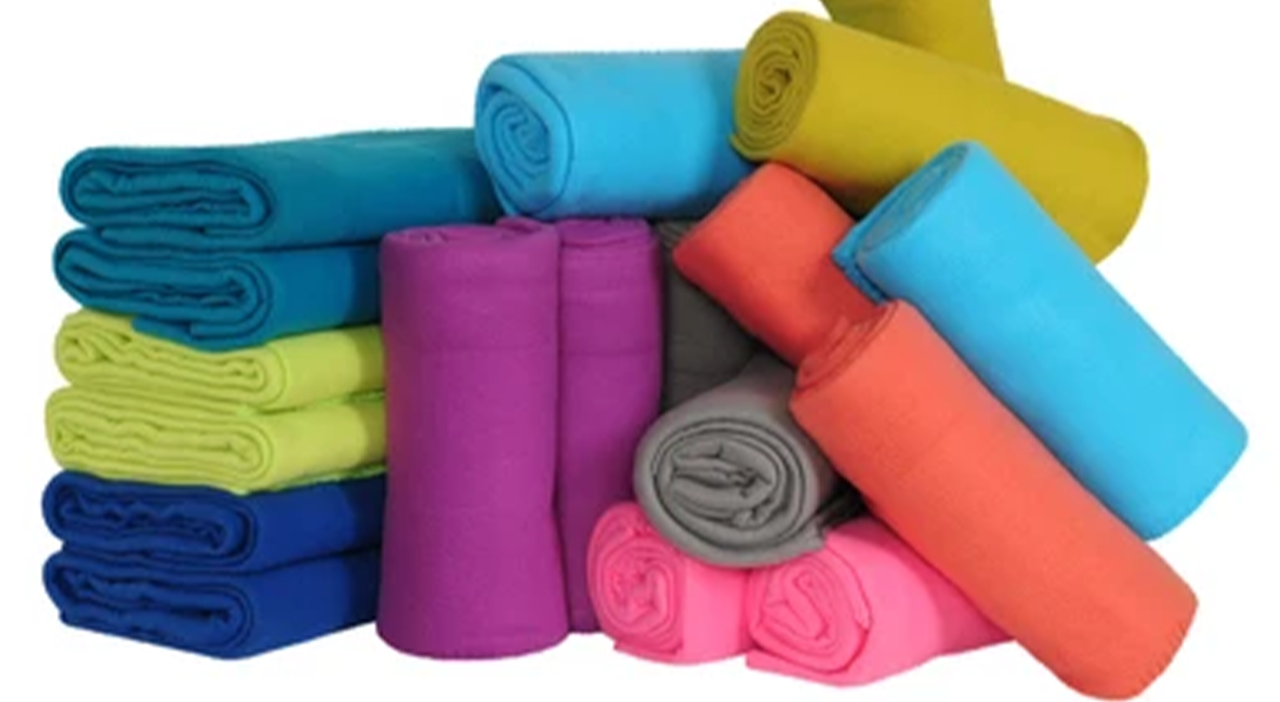
French terry is a versatile knit fabric with soft loops on the inside and a smooth surface on the outside.

A wintertime staple known for its exceptional performance, Polar Fleece was infamous for keeping a super-lightweight and soft feel, unlike materials like chinchilla and wool. Polar Fleece had ideal thermal and moisture-wicking characteristics. Recently, the material has mainly fallen out of rotation due to innovation in fleece textiles and concerns over its sustainability. We examine the history of this adaptable and historically ground-breaking fabric and how it might contribute to the circular economy in the future.

Malden Mills, a Massachusetts-based textile firm, began experimenting with the potential of polyester in 1979 under the trade name “Polarfleece,” which was later adopted as “Polar Fleece” by the fashion and outdoor performance clothing industries.
By weaving polyester yarn into a dense fabric that mimics a lighter version of terrycloth, engineers started testing the endurance of polyester for outdoor performance clothing. Through cooperation with Patagonia, Malden Mills witnessed the Polar Fleece gain widespread acceptance as a practical yet fashionable fabric for the colder months and become a popular, cost-effective replacement for wool and chinchilla.
The material was initially used to create a variety of practical things, including thermal layers for outdoor adventurers, and it quickly replaced popular cardigans and knitted pullovers. It has even become a well-liked element in pet attire! The 1970s and 1980s.